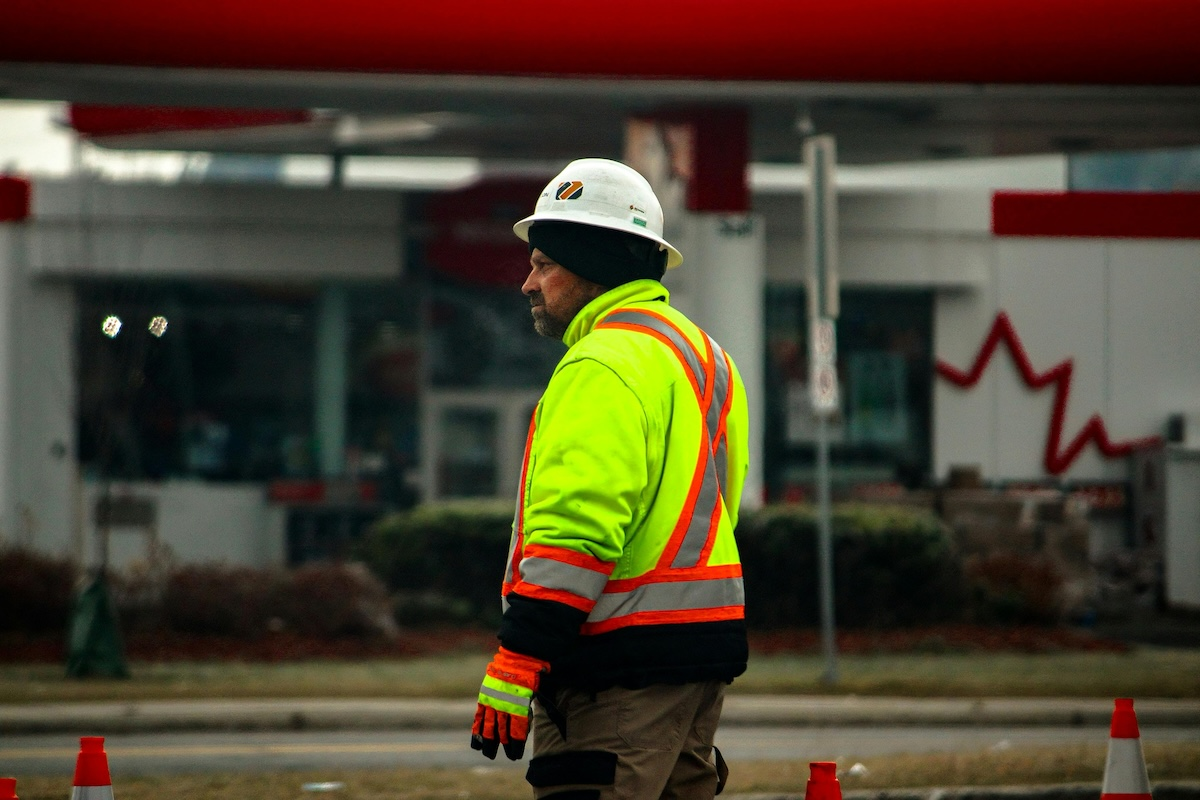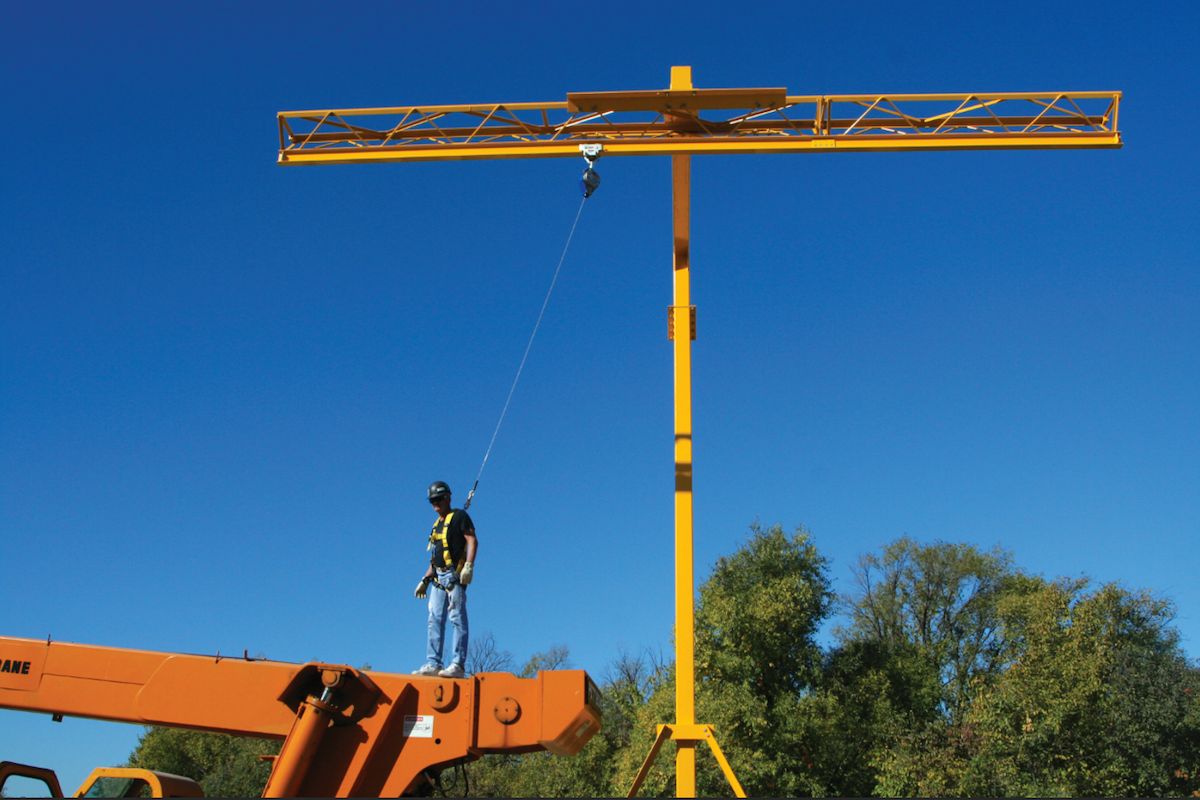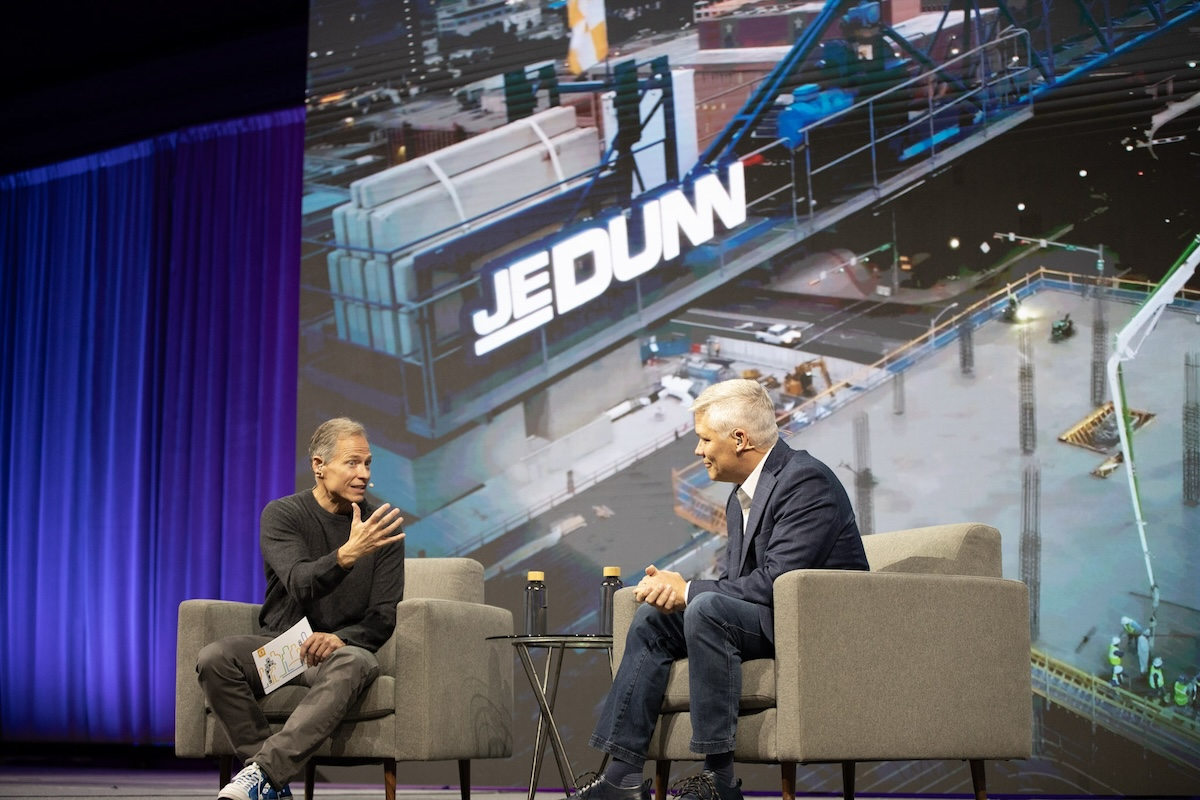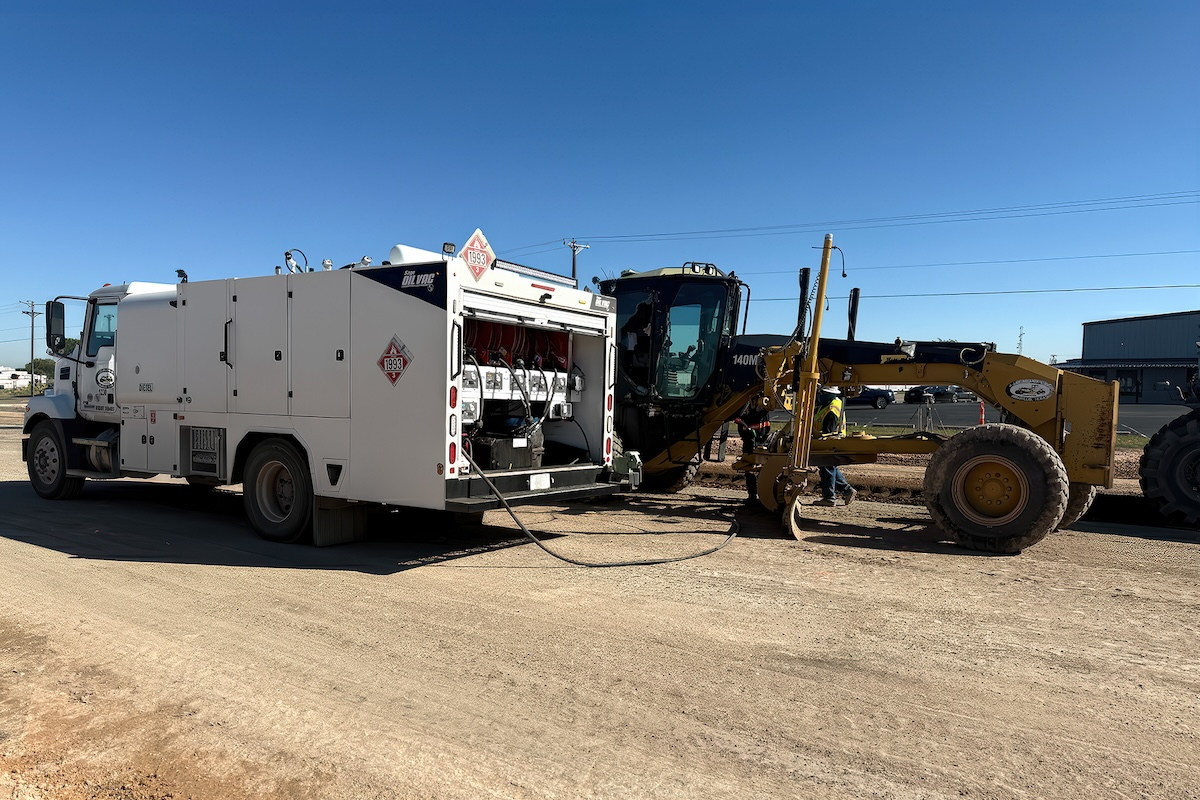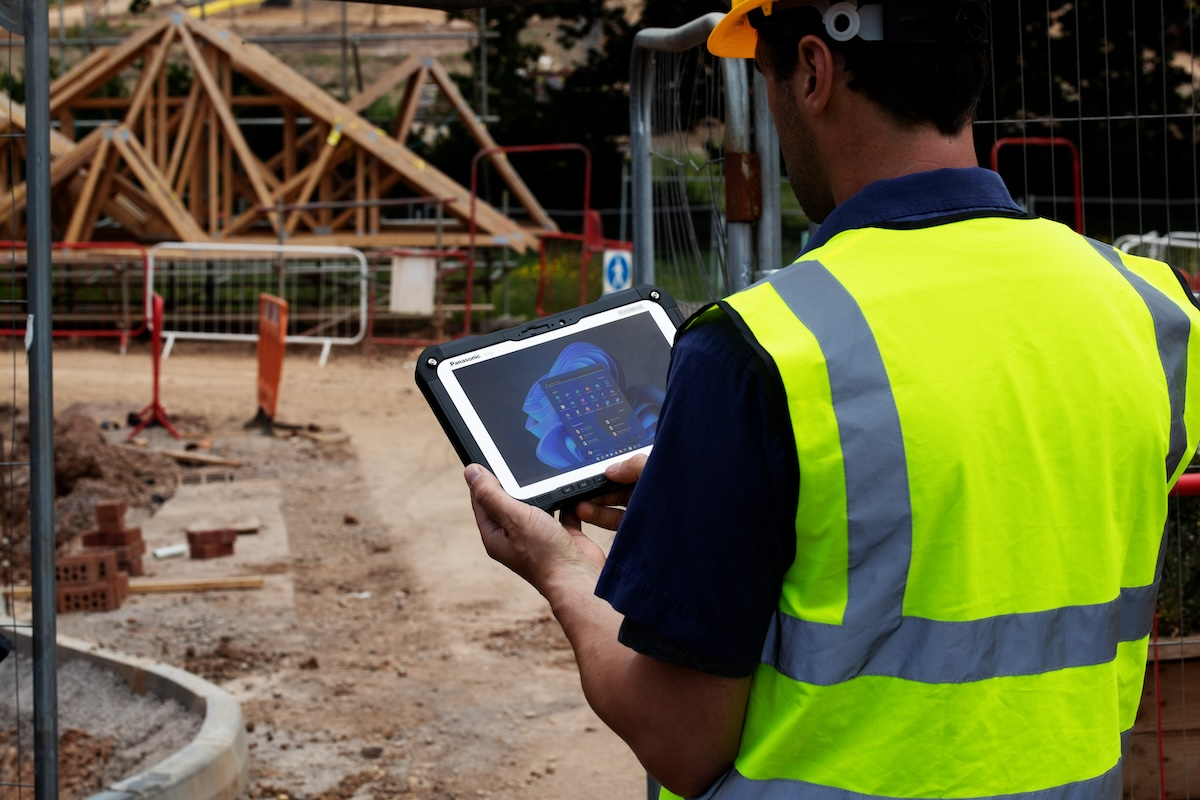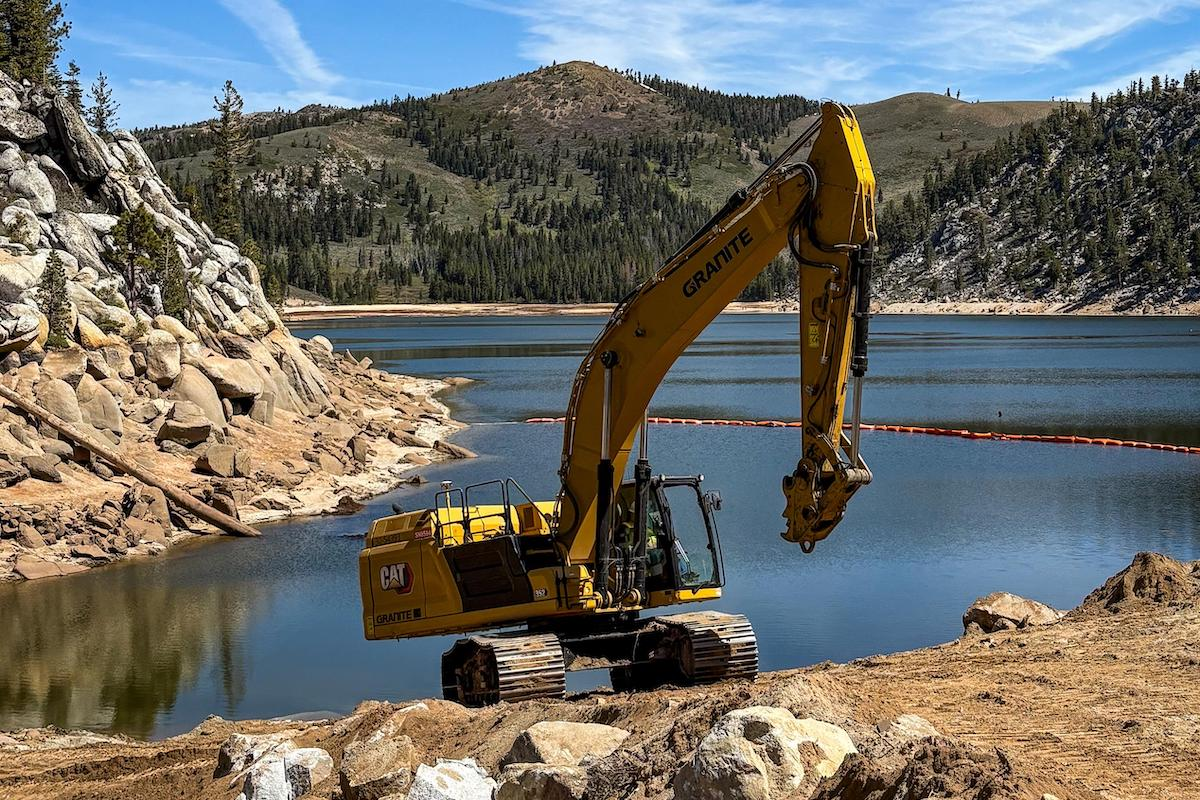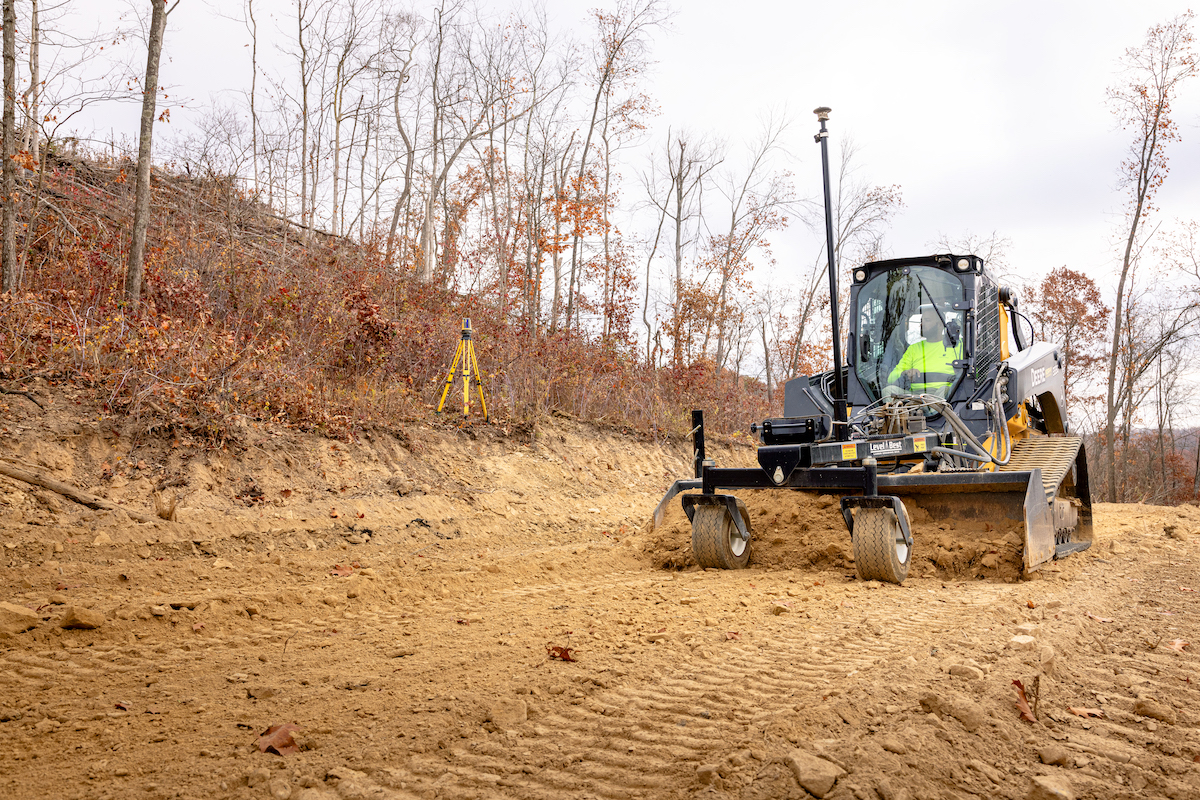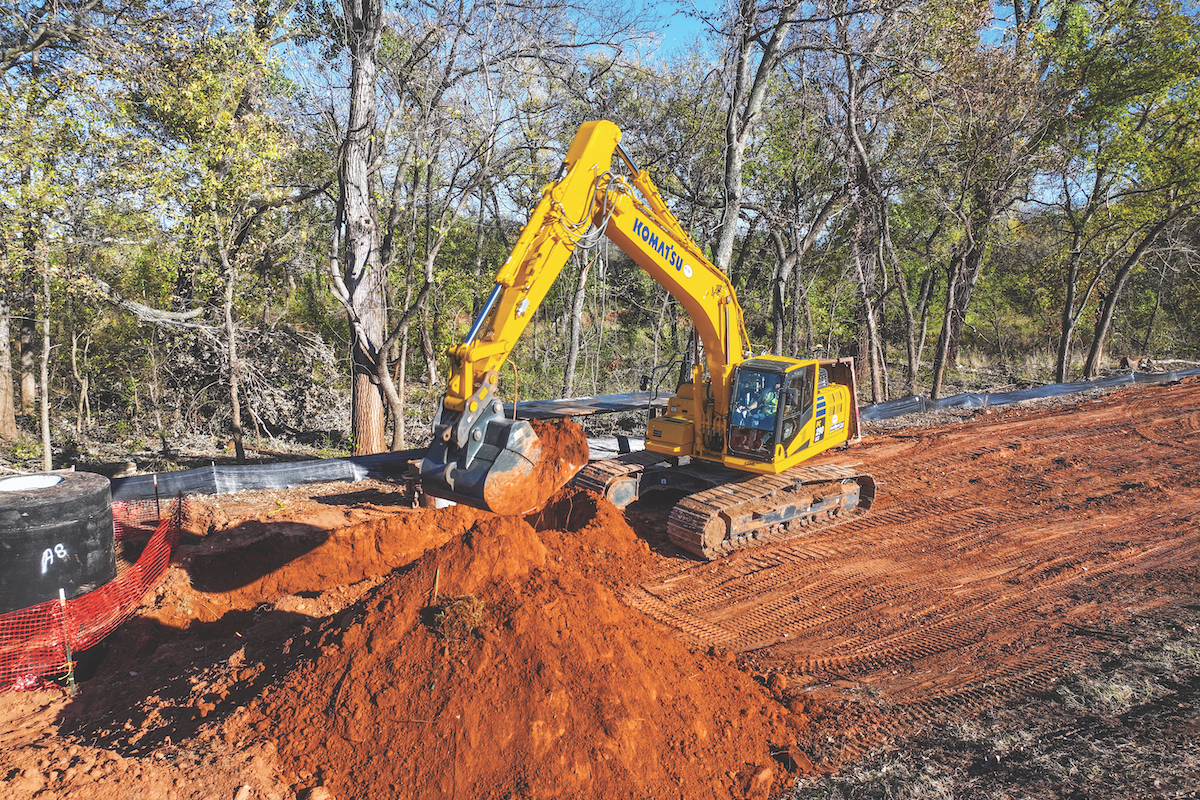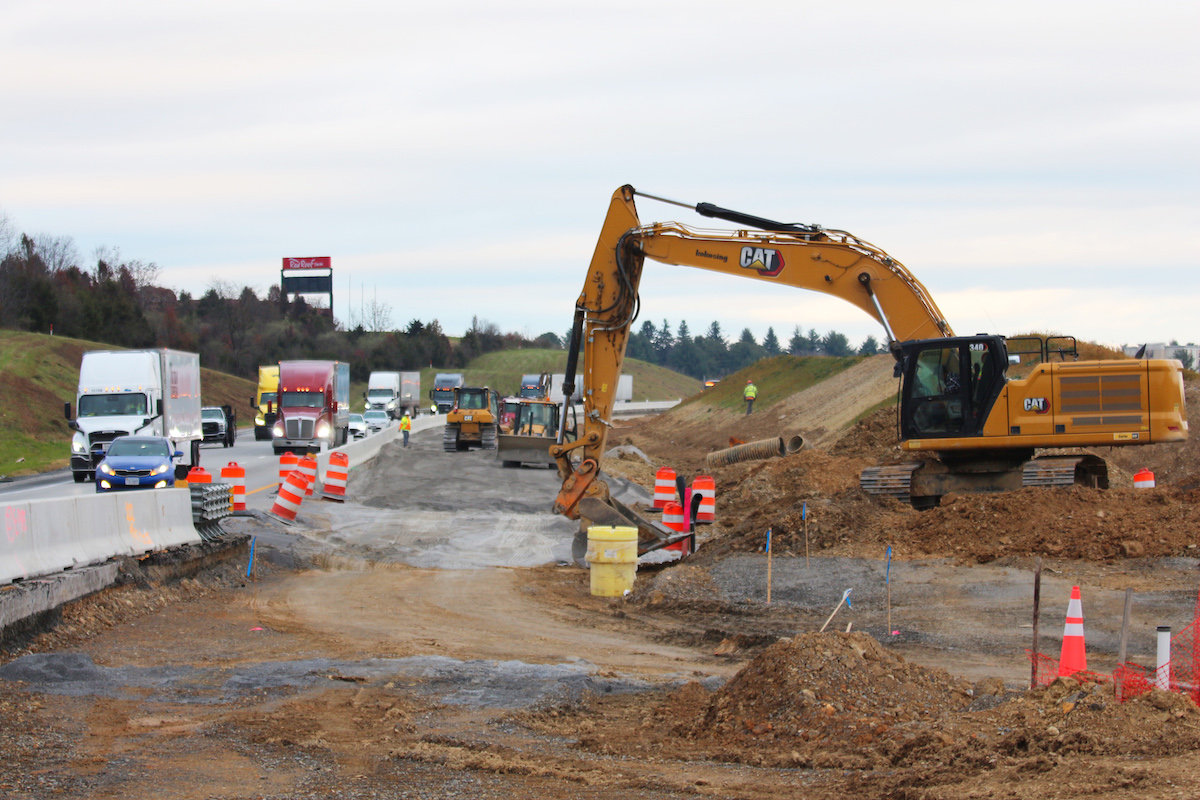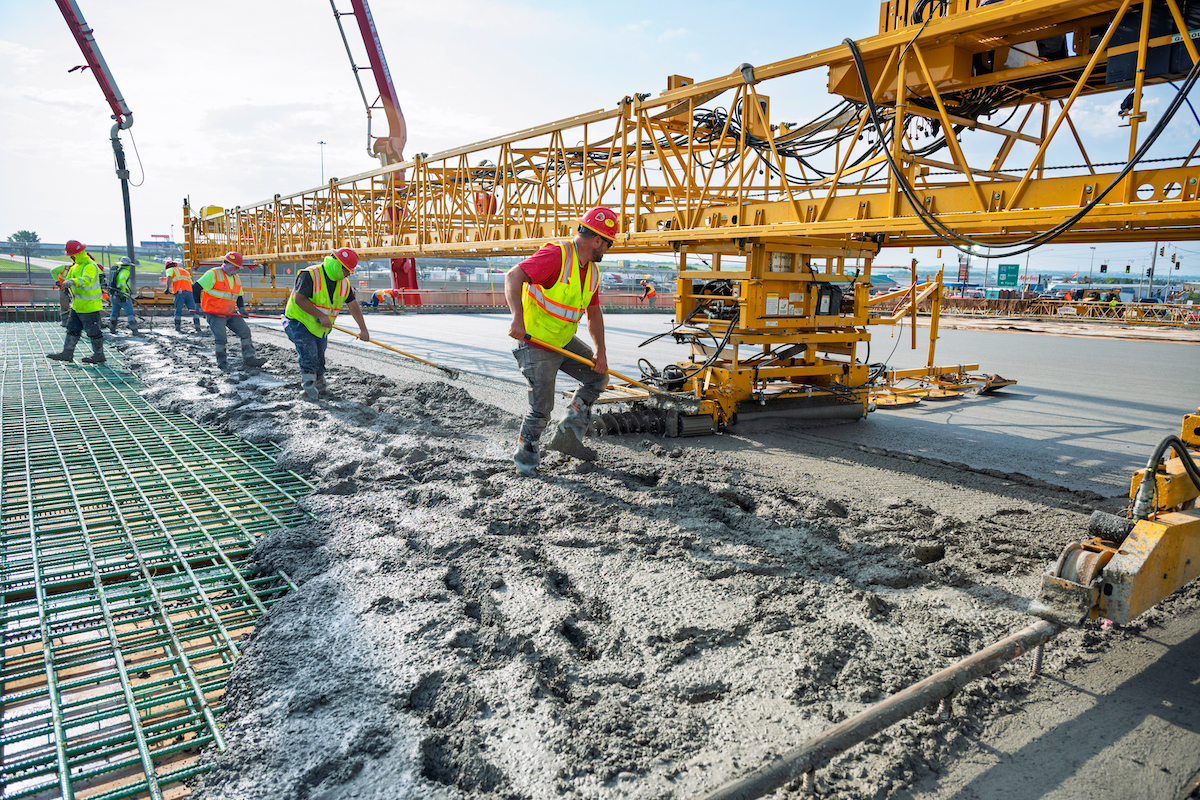Operators have a lot to consider when looking for a snow-worthy compact track loader. Machine ground clearance, track surface contact, weight distribution, and more can have a huge impact on performance, productivity, and return on investment. Careful consideration of the machine’s undercarriage, the desired application, ROI possibilities, and comfort could lead to a track loader that performs all year long.
Advanced suspension systems can improve traction even more by keeping the track in contact with the ground. Look for a dual-level system that features independent torsion axles between the undercarriage and machine, as well as bogie wheels that flex with the track. This combination not only minimizes vibrations to the machine and operator for improved comfort and ride quality, it also maximizes ground contact for extra traction. For example, when loaders without independent torsion axles engage the bucket, the front part of the tracks can lift off of the ground, reducing traction by leaving only the back end of the tracks to push the loader. Independent torsion axles in that same situation will push the tracks downward to maintain maximum ground contact. The same thing happens when the track flexes over small obstacles.
Purpose-built track loaders also feature optimal weight distributions compared to models converted from skid steers. Loaders converted from skid steers are often too back heavy, affecting stability on slopes and reducing overall performance. The back of a back-heavy machine can sink and get stuck in deep snow as well as reduce traction and pushing force on ice because of uneven weight distribution. Look for a track loader with a 50-50 weight balance that spreads the machine’s weight evenly and allows for greater traction and pushing power.
Track bogie wheels also play a role in weight distribution and therefore traction in snow. Most track loaders are only feature a handful of bogie wheels in contact with the ground. Consider choosing a purpose-built track loader, such as some all-rubber track models, which can feature as many as four times more ground contact points than steel-embedded models.
The combination of even weight distribution and increased track surface area improves flotation and provides the ability to virtually drive on top of the snow – similar to the concept of snowshoes – while a higher ground pressure is more likely to sink and get stuck. Ground pressure on a mid-sized all-rubber track machine, for example, can be about 4 psi while a similarly sized steel-embedded rubber track machine may be 5.5 psi. Loaders with a low ground pressure can even drive up snow piles, giving operators the ability to stack snow higher before needing to start a new pile.
Finally, choosing a loader with high ground clearance has year-round benefits. The greater the distance between the bottom of the machine and the ground, the less likely it is to get hung up on snow or other obstacles. It can also improve speed by reducing belly drag. Some purpose-built compact track loaders achieve ground clearances as high as 15 inches, almost double that of other models.
Take speed into account for a machine that will allow faster job completion. The fastest track loaders on the market use internal drive sprockets with replaceable steel rollers that fit with molded rubber lugs to move all-rubber tracks. The system greatly reduces friction compared to steel on steel designs seen in many loaders, and therefore improves speed. It also eliminates direct wear between rollers and track lugs. Plus, individually replaceable sleeves mean operators don’t need to change out the entire sprocket when rollers are worn down.
Don’t forget about comfort. A cold uncomfortable cab could mean less employee retention for a contractor and higher fatigue for an owner-operator. Look for sealed, all-weather cabs with heating and cooling. Added features such as Bluetooth, cupholders and radio can also enhance user experience.
In addition to selecting a machine with tracks that don’t need to be changed with the season, look for other characteristics that promote year-round use. Similar to how many manufacturers offer specific snow tracks, it isn’t uncommon to need to switch out a loader’s fluids and lubricants with the seasons. Either that, or a manufacturer may charge for a winter package. Evaluate whether any of the loader options come standard with all-season fluids tested to be able to handle both high and low ambient temperatures. Some manufacturers offer fluids and lubricants optimized for their equipment, allowing high performance at temperatures ranging from -30 degrees Fahrenheit to 118 degrees Fahrenheit. Other standard features to look for include engine block heaters and full temperature range batteries.
Maintenance and upkeep are another cost consideration. Many loaders feature an enclosed tub design in which snow can become stuck, packed and difficult to remove. For ease of cleaning, look for a single-rail, open-undercarriage style compact track loader. This design leaves most components exposed, creating a self-cleaning undercarriage where material naturally falls out rather than getting trapped and wearing at components. This extends component life and makes clearing ice and snow out of the undercarriage a non-issue.
Consider machine characteristics like ground clearance, weight distribution, surface contact and overall ROI potential. Taking the time to look for an all-season machine means year-round profits and productivity.










